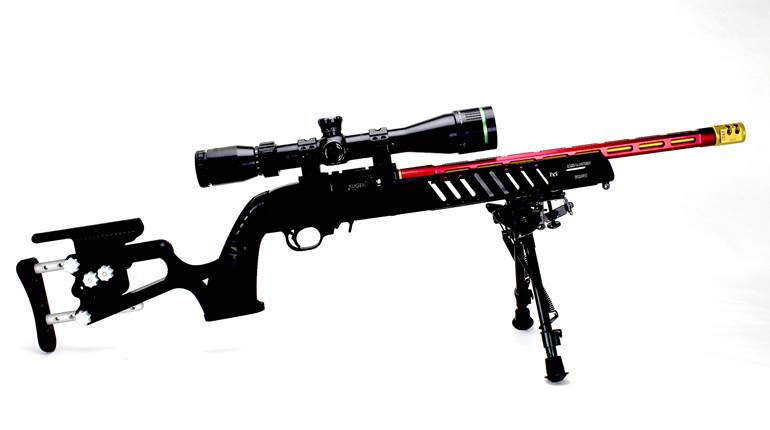
I have a confession to make: I am a member of a cult—the .44 Special cult. Members of our cult covet and lust for .44 Special revolvers. We dream of Smith & Wesson Triple Locks, 1950 Targets (now known as the Model 24), Colt New Service and Single Action Army revolvers in our caliber. Many of us have already acquired three-screw Ruger .357 Magnums and spent important money with gifted pistolsmiths converting them to the better caliber.
Although the search continues for pristine examples of the old Colts and Smiths, we have won a temporary reprieve on the Ruger conversions thanks to Lipsey’s, the Louisiana distributor that contracted with Ruger to produce 2,000 .44 Special Blackhawks on the .357 Mag. frame. A thousand each will be made in two barrel lengths, 4 5/8 and 5 1/2 inches. The target is to release 250 examples of each barrel length each quarter of 2009.
One reason we .44 Special cultists get so giddy over our revolvers rather than simply shoot Specials in our .44 Magnums is weight. Most revolvers chambered for .44 Special weigh a bit less than their magnum brothers. The difference may be only a couple of ounces, but when packing a revolver all day a couple of ounces does make a difference. In addition, the lighter guns are quicker handling than their big brothers.
These .44 Special revolvers look to all the world like a flat-top .357 Mag. until you see the holes in the barrel and cylinder or read “Ruger .44 Special New Model Blackhawk” stamped on the left side of the frame. There are a few other subtle differences as well. These .44 Special cylinders have a more generous bevel on the front of the cylinder—called a black-powder bevel by aficionados who have the feature added to their custom guns—that makes it easier to holster the revolver without snagging a small piece of leather. In addition, Blackhawks that are catalogued items from Ruger have blued triggers. These special run guns’ triggers are white.
Like most manufacturers, Ruger is paying more attention to its triggers. Customers and gun writers have been grousing for years about “lawyer triggers” that in many cases had to support the weight of the gun without tripping. On both of my samples, the triggers broke cleanly at 3 pounds, 10 ounces—perhaps not as light as I would like, but serviceable nonetheless and a definite improvement.
At the range, the Lipsey’s Rugers were all I had expected and more. Twenty-five-yard groups averaged right at 2 1/2 inches for five shots over sandbags using my favorite—and a standard we .44 Special cultists have found the best in terms of balancing power and controllability—load of 7.5 grains of Alliant Unique behind a 245-grain hard-cast semi-wadcutter.
Those of us who have found how pleasant a good .44 Special revolver is to carry and shoot are constantly pining about the lack of revolvers chambered for our favorite cartridge. As far as medium-frame Rugers go, that’s no longer a problem. My suggestion, though, is to put your order in soon. These won’t last long.






































